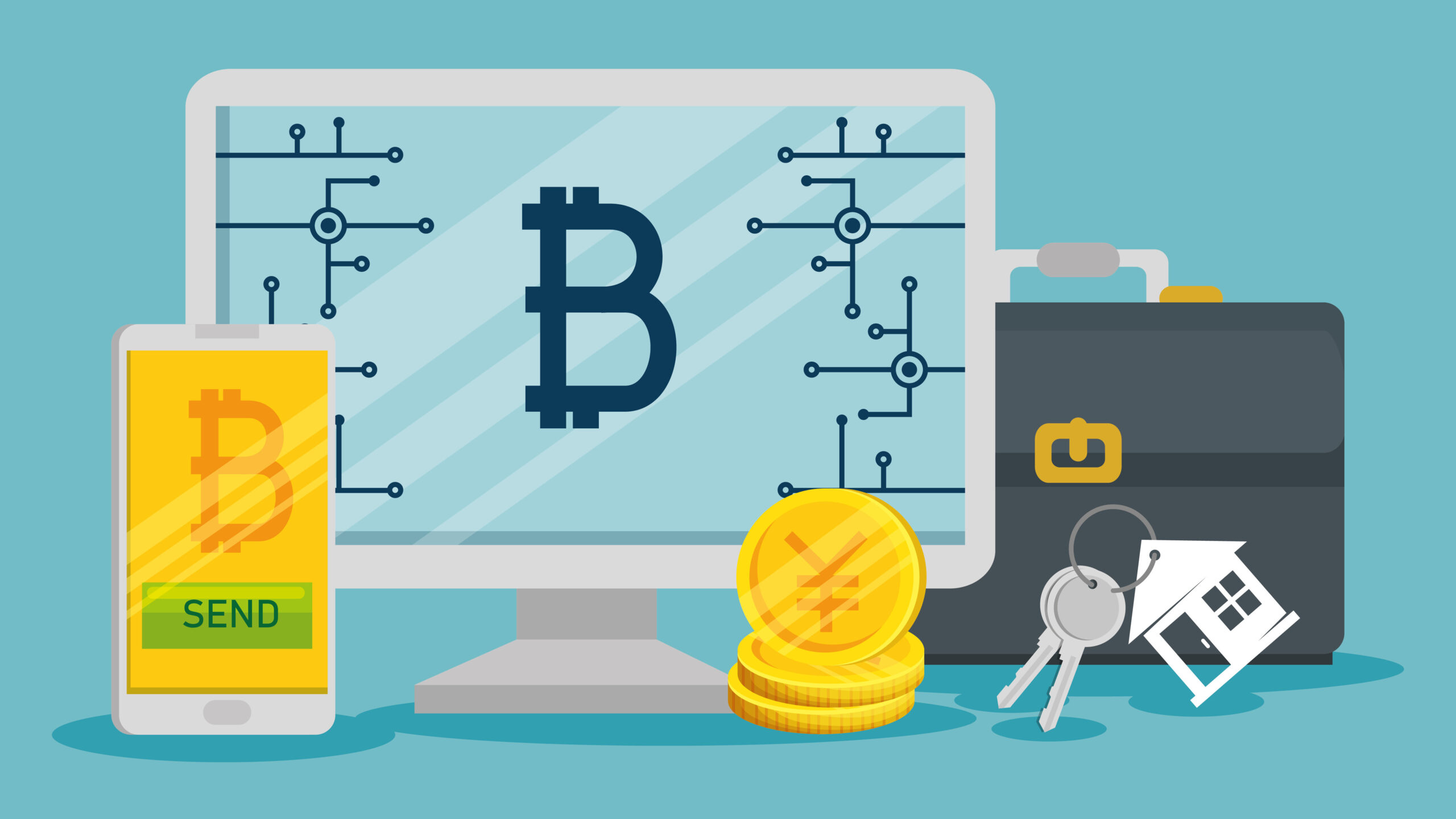Welcome to the world of DeFi. Since you are reading this article, you have probably already entered this fascinating world where financial freedom is a reality that is within reach for the masses. But, there are risks involved with every investment opportunity. One of the most prevalent risks on decentralized exchanges is a ‘Rug Pull’, where project developers manipulate a project and bolt it, leaving the investors stranded.
What makes it possible is the exact same thing that makes blockchain so appealing and inviting. So what is it?
It’s the fact that anyone—even you—can create a token for free without any restrictions.
What is a Rug Pull?
The quote “The money is the same, whether you earn it or scam it” by Bobby Heenan speaks volumes. There is and always will be a set of people who plague the market to make a quick buck. And trust me, they are often successful too.
Be it the regulated market or the unregulated centralized and decentralized financial markets, there will always be situations wherein investors end up being blindsided and losing a lot of money.
DeFi or Decentralized Finance is a huge market, and the numbers speak for themselves. And if you are ready to enter the uncanny world of DeFi, it is of utmost importance for you to understand the risks involved, or else someone will definitely pull the rug out from under you.
Synonymous with the English phrase, DeFi rug pulls are one of the swindling techniques prevalent in the DeFi world. A new way where crypto developers jolt the project leaving the investors high and dry.

Before moving on to the red flags you should look out for, let us try to understand the different types of rug pulls.
Different Types of Rug Pulls
If you have ten minutes to spare and have researched well and know a little bit of coding, you are all set to make your own token. Shocked? Don’t be, that’s how much time it takes for you to create a token. And the best part is that you get to remain anonymous throughout the process.
Hard Rug Pull
So when a project is launched, the project developers create a token, market it well, and infuse some liquidity. How do they infuse liquidity? They use methods of swapping the tokens on PancakeSwap or Uniswap, which is done in an unreliable way without any intermediaries.
The liquidity pool consists of ERC20 tokens in pairs bound by a smart contract. So when you infuse liquidity, you get LP (liquidity pool) tokens in return. The LP tokens can be encashed when you need liquidity anytime in the future. So once they have enough people who have invested, they withdraw the liquidity from the self-created token from DEX.
So now the value of the token is zilch and no longer tradeable on DEX. And you, sadly, are duped. This basically is a hard rug pull.
Soft Rug Pull
The other method is even more lethal, to be honest, the soft rug pull where the developers of the project effortlessly dump all their tokens and vanish. This happens even in the stock markets. The promoters crash the stock, in our case, the token price is dumped leaving the investor high and dry.
I have termed this method lethal because nothing is stolen, legally you can’t do a thing since they are within their rights to do it if they deem fit.
And then there are influencers. One tweet from Elon Musk, CEO of Tesla, can skyrocket the price of coins. These fluctuations are bound to happen and another tweet or news will crash the prices too.
Ever heard of the ‘Spartans’ tweet that raised 15 million dollars in a single day? Find out more about the day Eminence swam in money from this very interesting article on Common DeFi Degen Misconceptions.
14 Rug Pull Risks to Watch Out for in Cryptocurrencies
I must reiterate that these pointers are not iron-clad rules, but will definitely help you in making an unclouded judgment in regard to your investments. It is hard to earn money but very easy to lose it. Guard yours with care!
1. Skim Through their Website
The most conspicuous and the first sign to watch out for would be the website. Something that doesn’t look right, a copy of another similar-looking web page, grammatical errors, something that does not instill confidence.
As you would concur with me, only if a scammer is in a hurry to launch would he make such silly mistakes! If a developer needs his project to be a successful one, he would double-check everything.
2. Social Media Visibility
The project you are willing to invest in should have a social media presence, a Twitter account, Telegram, etc. There should always be a way to connect, if you are unable to do so, it is a red flag.
Using their social media platforms, you should be able to ask questions, and if you do get dubious replies, do yourself a favor and stay away.
3. Project Synergy
“Teamwork makes the dream work” and if it truly is a dream project, the team will never shy away from sharing their credentials. DYOR (Do your own research) on the team behind the project, the internet is a wonderful tool, use it to your advantage.
If you find anything in the background search which is suspicious, like a Linkedin profile that may have been created just days back, you would want to steer clear of the project.
4. Cryptic Whitepaper
Any project developer who wants investors to put in their money will really work diligently to put his thought process forward, explaining the technology, the path forward, the financials, the SWOT analysis, and the entire blueprint to be precise. If the master plan is dubious, you know what to do, AVOID!!
5. Project Scrutiny by an Arbiter
If an unbiased observer, especially a reputable one, audits a project and puts his views forward, it instills a level of confidence in the integrity of the smart contract. So ensure any project you are willing to invest in is audited by a reputable arbiter like CertiK.
6. Marketing and Publicity
Advertising and marketing are legalized lies. So, of course, any project which is highly marketed and promoted need not always be a scam, but everything goes hand in hand.
Project developers do rely on marketing but if a project is highly advertised, you would want to analyze the project more closely considering the other risks mentioned above. Do not be blinded by false hopes that the marketing campaigns invoke.
7. Realistic Remuneration
Always trust your gut instincts, if any project promises unrealistic returns (Annual percentage yield) that seem too good to be true, be wary of the project. If every project would give such unrealistic returns, all of us would be millionaires by now.
You might earn a 1000% return on the project you would have invested in otherwise, but if in the initial launch, the developer promises these returns. It definitely is a wake-up call. Remain vigilant
8. Keep an Eye on Liquidity
If you really want to know if a token is legit, keep an eye on its liquidity. The higher the liquidity, the lower the chances of it going down. Legitimate projects tend to have the liquidity to the tune of millions. So keep an eye on the liquidity.
9. Surging values in Coin Price
The project developers are smart and use the psychological trigger FOMO (Fear of missing out) to market their projects well.
So if a small project abruptly shoots up in value, there are definitely some apprehensions. But, of course, not all projects are scams. So research and know the trigger for the surge, and if there is a reasonable explanation for the surge, you are good to go. Else your cynicism towards the project is correct.
10. Staking Period
The bedrock of any DeFi project is the liquidity pool, else the functions like crypto mining, token swapping can’t take place at all. So any well-founded project will lock up a certain amount of tokens for a stipulated time, the vesting period as they term it.
This not only protects and safeguards the interest of the investors but also boosts the confidence of the investor to invest in a legitimate project. So it is important to watch out for the vesting schedule of the tokens. Project developers generally use services like ExLocker to lock the liquidity.
11. Developer’s Asset
You should also scan through the asset holdings of the project developers. A particular amount of tokens are kept in reserve for the developer’s team. Look them up via the smart contract and ensure they will only release them over a period of time. This is basically to ensure that the supply of tokens is not centralized.
If you observe that a huge portion of the tokens is in possession of the developers, you should fluster away. Most of the projects make their token distribution chart public, imperative to watch out for that too.
12. Decentralized Exchange Listings
I am sure you all have heard about Etherscan. It’s a block explorer tool via which you can verify the number of token holders. Apart from this, you have platforms like https://www.coingecko.com or https://coinmarketcap.com/ where any new project is traded.
Though it doesn’t get listed immediately, a quick search on these platforms will help any investor to get more info on the coin. Most of the legitimate tokens are listed on centralized exchanges.
13. Scrutiny of the Smart Contract
Any project being launched in the DeFi space is bound by a smart contract. The authenticity of the smart contract and also the probable loopholes could be explored if the smart contract is made public.
14. Evaluating the Code
If you are nerdy and computer savvy enough to know the programming languages that are used in smart contracts, you are competent enough to make a wise decision in regard to your investment. You have absolutely nothing to worry about.
But if you are an average Joe, like most of us, you have no option but to rely on other factors like auditors and track records.
Also read: Common DeFi Degen Misconceptions
Before You Go…
Investments are subject to market risks, and the financial freedom that DeFi has brought us certainly does have some risks associated with it. The same rationale has to be used for any investment, be it the regulated market or the DeFi space.
For investing in any project, you should be confident that there is a path forward. It is also imperative for you to do your own research and always rely on your instincts.
Personal Note From MEXC Team
Check out our MEXC trading page and find out what we have to offer! You can learn more about cryptocurrency industry news. There are also a ton of interesting articles to get you up to speed with the crypto world. Lastly, join our MEXC Creators project and share your opinion about everything crypto! Happy trading!
Join MEXC and Get up to $10,000 Bonus!



